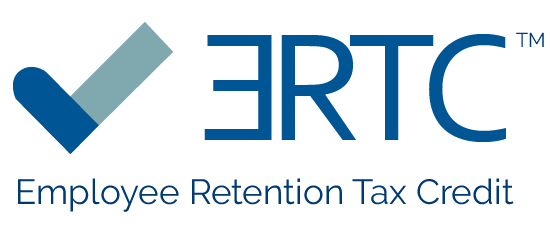
The Employee Retention Tax Credit (ERTC): An In-Depth Guide for COVID-19 Affected Businesses
The COVID-19 pandemic has wreaked havoc on the global economy, posing unprecedented challenges, particularly to small businesses. The U.S. government has responded with a suite of measures, and among the most impactful is the Employee Retention Tax Credit (ERTC). This guide dives deep into the ERTC, focusing on its significance for small businesses.
Understanding the ERTC
The ERTC is a fully refundable tax credit aimed at incentivizing employers to retain their employees, even during times of economic downturn brought about by the pandemic.
Benefits of ERTC for Small Business Owners:
- Sustained Employment: Small businesses often have close-knit teams. The ERTC allows these businesses to maintain their workforce, which can be pivotal in avoiding the costs and disruptions associated with layoffs, furloughs, and subsequent rehiring.
- Operational Continuity: The ERTC ensures that businesses can keep their skilled staff, enabling them to maintain day-to-day operations. This is key for small businesses that might lack the depth in personnel that larger entities possess.
- Financial Health: The credit is refundable, meaning that if the credit exceeds a business’s total tax bill, the IRS will issue a refund for the difference. This can provide much-needed liquidity during challenging economic periods.
- Local Community Impact: Small businesses are community cornerstones. The ERTC, by aiding these businesses, indirectly supports local economies and helps maintain the vibrancy of community spaces.
- Competitive Edge: By offering financial support to retain staff, ERTC might give small businesses a competitive advantage, allowing them to bounce back faster once economic conditions become favorable.
Key ERTC Details:
- Credit Amount: For 2020, the ERTC covered 50% of up to $10,000 in wages (a maximum of $5,000 per employee). In 2021, this expanded to 70% of up to $10,000 in wages per quarter (or $7,000 per employee for each of the year’s quarters).
- Qualification Criteria: Businesses had to show either a partial or full suspension of operations due to COVID-19-related government mandates or a significant drop in gross receipts in a particular quarter compared to the same quarter in 2019.
Extended FAQ:
Q6: Are startups eligible for the ERTC?
A6: Yes, startups or businesses launched in 2020 can qualify for ERTC if they meet the required criteria, mainly around operational suspensions or declines in revenue due to COVID-19.
Q7: How should businesses account for furloughed employees?
A7: If employees are furloughed but still on the payroll, their wages can qualify for the ERTC, provided other eligibility criteria are met.
Q8: Is there any consideration for businesses that have multiple locations, some of which may be in regions not impacted by government mandates?
A8: If any segment of a business is shut down by government mandate, even if other parts remain operational, the entire business may qualify for the ERTC.
Q9: What if a business’s situation improves and they no longer see a drop in revenue later in the year?
A9: Eligibility is determined on a quarter-by-quarter basis. Hence, even if conditions improve in subsequent quarters, the business can still claim the ERTC for the period when they met the criteria.
Q10: Is the ERTC applicable to non-profit organizations?
A10: Yes, tax-exempt organizations, except for government entities and small self-administered pension plans, are eligible provided they meet the criteria.
Q11: How are ‘qualified wages’ defined for the purpose of the ERTC?
A11: Qualified wages encompass regular pay, certain health plan costs, and if applicable, commissions, tips, and certain other forms of compensation.
Q12: How does ERTC work with health savings accounts (HSAs) and retirement benefit contributions?
A12: Employer contributions to HSAs and retirement plans can be included as qualified wages, as long as they are not made on a pre-tax basis.
Q13: How can employers handle potential overpayment of the ERTC?
A13: In case of overpayment, businesses must reconcile it on their employment tax return. This may result in an underpayment of employment taxes, which could accrue penalties.
Q14: What is the process to rectify if the ERTC was underclaimed in prior quarters?
A14: Businesses can correct underclaimed ERTC amounts by filing an amended Form 941-X for the respective quarter.
Q15: What if a business qualifies for both the ERTC and the Work Opportunity Tax Credit for an employee?
A15: An employer can’t claim both credits for the same employee for the same period. They must choose one based on their specific financial situation.
Conclusion:
The ERTC has been a beacon for many small businesses, alleviating some of the financial strain caused by the pandemic. By understanding its nuances, businesses can harness its full potential to navigate these tumultuous times. Due to the complexity of the credit and potential future legislative changes, it’s always advisable to consult with a tax professional.
